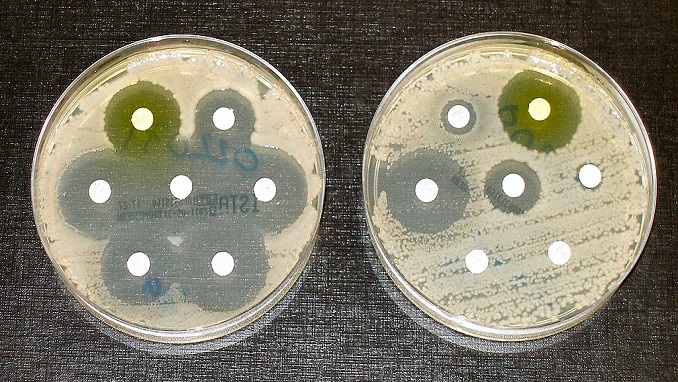Given the dangerous rise in “superbugs” with antimicrobial resistance (AMR), there is an urgent need to change the trend of low investment in new antibacterials, according to a report released this month by the Biotechnology Innovation Organization (BIO).
Like other reports, The State of Innovation in Antibacterial Therapeutics released by BIO outlines the threat. But its main focus is on the existing development pipeline, the low level of investment, and recommendations for improving the situation.
“The primary issue forcing big pharma out of the antibacterial sector and leaving small company innovators empty handed is that the traditional market dynamics do not exist for antimicrobials, and this has not been resolved through new policies,” the report says. “Unlike other areas of drug development with potential benefits commensurate with risk taken and value delivered to patients, the private sector pathway for antibacterials does not work.”
Meanwhile, the threat of AMR is increasing. According to “the most comprehensive estimates of AMR burden to date” on the subject, published in the Lancet in January, more than 1.2 million people died from diseases caused by antibiotic-resistant bacteria worldwide in 2019. This figure is higher than the yearly death toll from malaria or AIDS. The CDC, says more than 2.8 million antibiotic-resistant illnesses occur in the United States each year, causing more than 35,000 deaths.
“We urgently need new, effective antimicrobial medicines to keep up with ever-growing resistance,” says Dr. Michelle McMurry-Heath, President and CEO of The Biotechnology Innovation Organization (BIO).
Inadequate pipeline
The detailed overview of antibacterial development described in the BIO report indicates a trend of reduced development:
- “Although there have been 164 FDA-approved direct-acting antibacterial new chemical entities (NCEs) since the early 1900s, only one new molecular target NCE has been approved over the last 35 years.”
- Many of the drugs in the pipeline target microbes that are already covered by licensed medications.
- “Small companies discovered 81% of the antibacterial therapeutics being tested in the clinic. Large biopharmaceutical companies discovered 12%, and small non-profit organizations discovered 7%.”
- “Venture capital funding of U.S. antibacterial-focused biopharma over the last decade was $1.6 billion compared to oncology’s $26.5 billion.”
- “Clinical trial initiations for antibacterial NCEs declined 33% when comparing the five-year period 2016-2020 vs. 2011-2015.”
Insufficient demand
The problem, according to BIO’s report is that the market works against demand for new antibiotics for several reasons:
- New antimicrobials are used as a last option, when nothing else works.
- The products are used for a short duration and used sparingly to preserve effectiveness.
- Novel antibiotics are not reimbursed adequately, given their value to society.
- Hospital bundled-payment reimbursement mechanisms discourage use of novel antibacterials.
Solutions
Solutions described in detail in the report include:
- government funding to support early-stage investment and development;
- regulatory incentives that include priority FDA review;
- public-private funding to provide late-stage investment of promising candidates;
- a range of changes to fix the market and provide new incentives.



